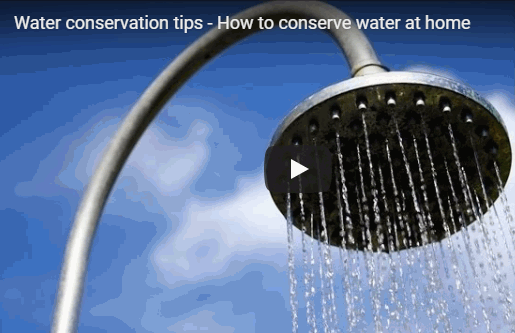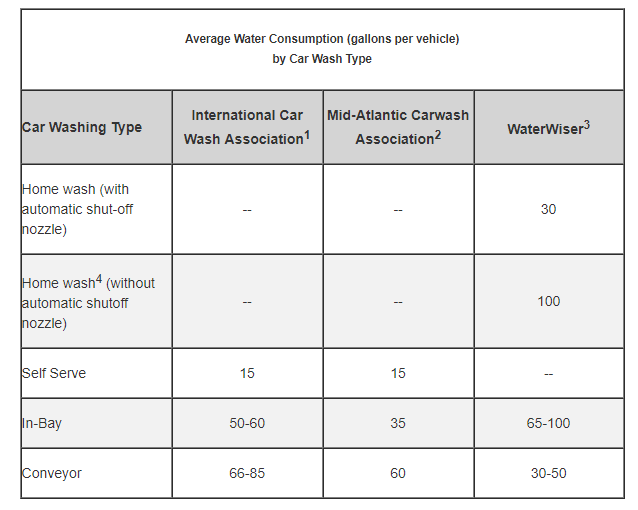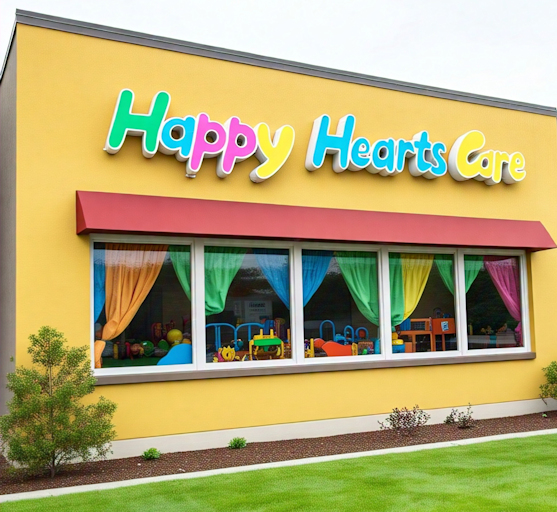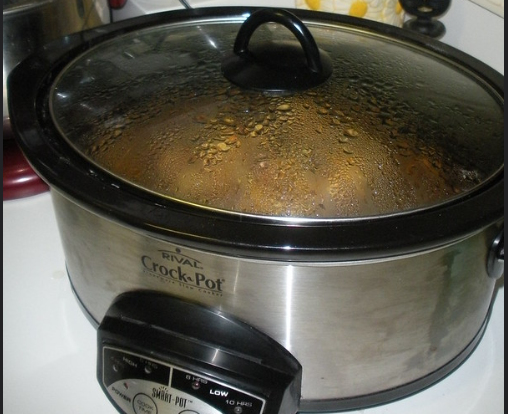According to CreditDonkey, “on average, Americans pay $104 per month for electricity” and “$70 a month for water.” This amount is based on the average person using between 80 and 100 gallons of water per day. This of course only applies to households that are connected to a public water system. Those people who are fortunate enough to have their own well pay virtually nothing for water other than a few cents for the electricity to pump it out of the ground. However, paying half as much for water as you do for electricity seems a bit extreme.
Although technically you can average what everyone is paying and come up with an “Average” according to Banyan Water “AVERAGE WATER BILLS? THERE’S NO SUCH THING” they say this because everyone’s usage is different and every water company bills differently. Some companies charge a “Flat Rate” in this case there is no incentive to reduce your consumption. Other companies charge a base connection fee and then a usage fee on top of that. And still other companies use a “Tiered Pricing Model” according to Banyan, “Tiered pricing increases the price per unit of water when the user meets certain thresholds. For example, users who use less than 25,000 gallons per month may pay $1.00 per 1000 gallons. Customers who use between 25,000 – 50,000 gallons per month may pay $2.00 per 1000 gallons. Users in higher tiers pay ever increasing rates per unit of water.”
If you are finding it hard to pay your water bill, and you are not on a “Flat Rate” pricing model, then you need to find ways to save water. In areas like California, Arizona, and Florida it is a precious commodity worth saving every drop that you can. Here are some ways that you can save on your water bill.
Install Low-Water Toilets
According to the United States Environmental Protection Agency, toilets use more water than any other thing in your home. There are toilets that use as little as 1.28 gallons of water per flush. For a family of four, installing a low-flow toilet saves up to 27,000 gallons of water per year if they are currently using the standard toilet built before 1980 that uses over five gallons per flush. When replacing your toilets, you will see these options marked as WaterSense or read the commode’s water usage in the manufacturer’s information.
Use the Dishwasher
Many people believe that “hand washing” dishes uses less water than a dishwasher but that is often no longer the case. If you are still hand washing your dishes, then it’s time to invest in a dishwasher. Because a dishwasher fills and then recycles the water for a while, the average dishwasher uses six gallons per cycle while hand washing them uses an average of two gallons per minute that you let the water run. If you want to save the most on your water bill, look for options marked Energy Star as they use only four gallons per load. Additionally, save money by only running the dishwasher when it is full. The great news is that you will not only save money on your water bill, but you will also save on your electric bill.
Use the Car Wash
It is important to wash your car regularly to protect its finish from road chemicals and even acid “bug guts”. Make sure to do it at a car wash. Washing your car at a self-service car wash uses about 80 gallons of water. Washing it at a full-service car wash uses about 60 gallons. If you choose to wash it at home, however, you use up to 65 percent more. According to the Maryland Department of the Environment “A standard garden hose uses about 10 gallons per minute. This means you use 100 gallons of water with only a 10-minute car wash. When you use an automatic shutoff nozzle on your hose, water does not flow continuously while you wash your vehicle, saving as much as 70 gallons per wash.”
1 Brown, Chris. 2002. “Water Use in the Professional Car Wash Industry& Car Wash Association.” p. 47.
2 Mid-Atlantic Carwash Association, Inc. Information provided to the Maryland Water Conservation Advisory Committee. June 2000.
3 WaterWiser [http://www.waterwiser.org/watch/wiser_watch.cfm?ArticleID=96]. February 2003.
4 Assumes a 15 minute car wash with flow of 10 gpm.
Don’t Water Your Lawn
One of the most water intensive activities is watering your lawn. Many communities in areas with water shortages are placing restrictions on how often you can water your lawn, perhaps limiting it to evenings or certain days of the week. Even if your community isn’t one of them, these are good suggestions to save water. Watering when the sun is baking down causes water to evaporate instead of reaching the roots of the plants you are trying to water. So watering in the early morning or late evening is much more water efficient. Also limiting your watering to certain days of the week will greatly reduce the amount of water you use. Also if you have automated sprinkler systems make sure they are spraying in the proper direction (and not watering your driveway, etc) and also setting them to only water for 20 minutes rather than running for hours will make a big difference. Also be alert for leaky connections and watering heads. If water runs off your yard, split your watering times into two or more sessions. This one seems obvious but “Don’t water your grass when it is raining” this often happens when using programmable sprinklers. You need to turn it off when the water isn’t needed. Don’t mow your grass too short. The shorter your grass the more water evaporates as the leaves provide less shade to the soil.
Drip Irrigation
Another way to save water is to use “drip irrigation”. According to WaterUseItWisely
- Drip irrigation is highly effective at supplying one to four gallons of water per hour directly to the soil.
- The advantage of drip irrigation over sprinklers is that there is little water loss due to evaporation or runoff.
- It’s particularly good for mulched areas because it can directly soak the soil without washing away the mulch.
Hand Watering
They also recommend “Hand Watering” the advantage of hand watering is that you can easily avoid over watering.
Xeriscaping
Xeriscaping is a method of landscaping using a style which requires little or no irrigation. This might include rocks or drought resistant plantings such as cactus or ornamental grasses. Ordinary lawns require a tremendous amount of water to maintain. Xeriscape can reduce landscape water use by 50 – 75%. For best results with drought-resistant plantings, use regionally-specific, native plants. Windbreaks help keep the plants and soil from blowing dry. Mulch can help to hold in moisture as well as keeping down weeds.
Recycle Water
Some communities in areas with water shortage issues are using “greywater” to water the lawn. Greywater is gently used water from your bathroom sinks, showers, tubs, and washing machines. It is not water that has come into contact with feces, either from the toilet or from washing diapers.
Rainwater Harvesting
Rainwater harvesting is collecting the run-off from a structure or other impervious surface in order to store it for later use. Traditionally, this involves harvesting the rain from a roof. The rain will collect in gutters that channel the water into downspouts and then into some sort of storage vessel. There is quite a bit of misinformation about the legality of rainwater harvesting check out the laws that pertain to you here.
Maintain Your Well
If you rely on a well for your water, you are lucky in that it will probably cost you much less to obtain your water. But you must be sure to maintain your well. Maintenance for wells should include an inspection to spot any problems as they are usually cheaper to fix when the problem is small. Make sure that chemicals and other hazardous materials cannot enter your system. Ensure that the well cap or top is firmly in place regularly. While most wells will give more than 20 years of service, make sure that it is properly sealed when it is time to dig a new well.
Following these simple tips helps you save money on your water bill. Additionally, you doing your part to take care of this precious commodity. Use these ideas and your own ingenuity to lower your water bill.
You might also like:






